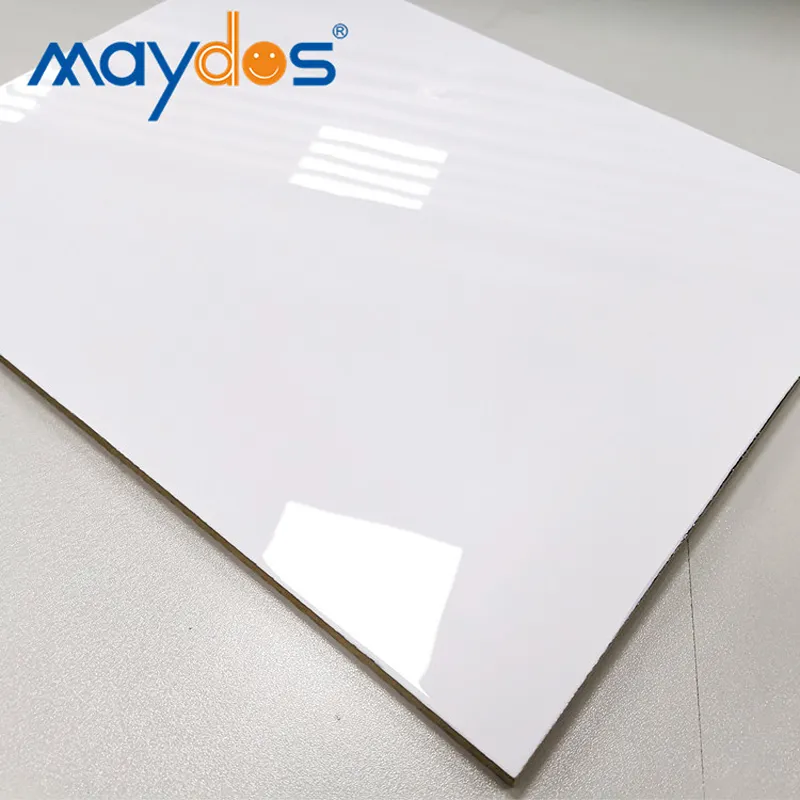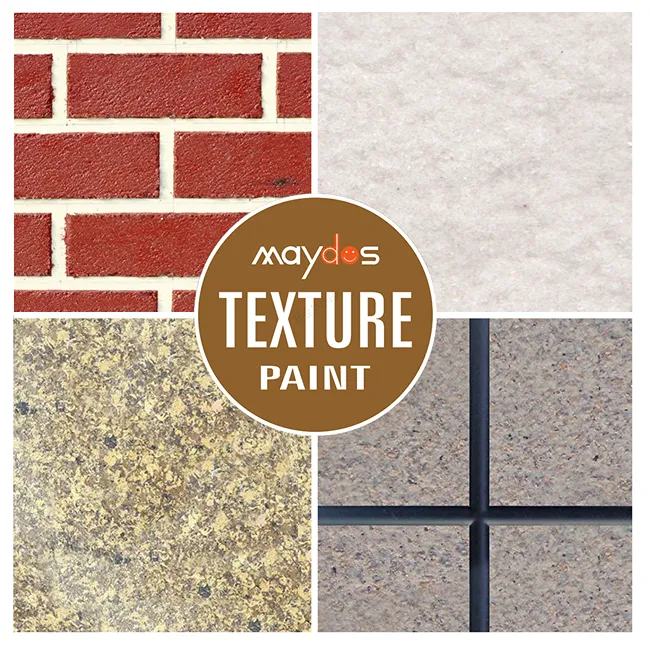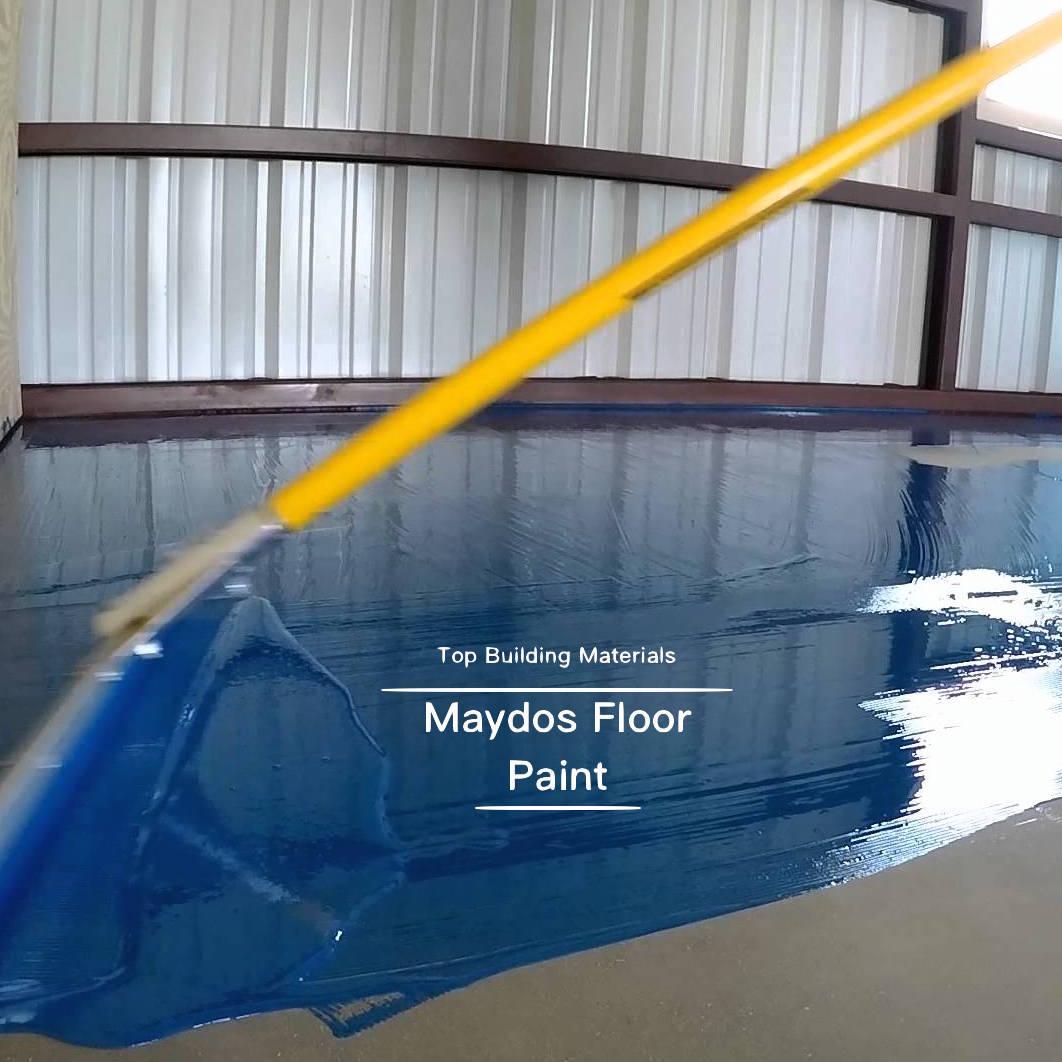Coating Factory
A coating factory manufactures coatings for specific surfaces. These products can be used in a variety of industries.
Customers are very demanding when it comes to the finishing performance of their products. How a product looks, feels, and withstands the environment is important to them.
Preparation
In order to achieve the desired result with a coating, the surface of the substrate must be prepared properly. This includes removing any old coatings and other surface contaminants that can prevent the new coating from adhering well.
Depending on the type of coating, a variety of procedures are used to prepare the surface for application. This process can include a number of steps, and each step requires the proper equipment.
One of the most important steps is the removal of any existing paint, mill scale, rust or other debris on the surface of the metal. This will ensure that the new coating adheres well and improves the durability of the final product.
There are several different methods that can be used to prepare a surface for a coating, and these can vary from simple pressure washing to multi-stage acid baths and sophisticated media blasting. This process must be performed carefully to ensure that the powder coating will be applied properly.
Another method of preparing the surface is spray cleaning, which uses low pressure water to remove soils from the surface of the material. This process can be used on a wide range of materials and is effective in removing dirt and other impurities.
Using this technique is more cost-effective than other methods of surface preparation, but it may not be ideal for certain applications. It can also leave residues on the surface that can affect the final coating.
Chemical pre-treatment processes are often used to remove oil, soil, grease, metal oxides and other contaminants from the surface of a piece. These processes typically include degreasing, etching, de-smutting, and various rinses.
These methods can be done on both wet and dry surfaces, and they are often used to prepare a piece for powder coating or electrophoretic deposition. They also improve the bonding of the powder to the surface of the metal and provide for a better finish.
Ultimately, the six steps of surface preparation are necessary to ensure that a new coat will adhere to a metal and last for a long time. In addition, they will help to prevent corrosion from occurring on the metal. This can help to extend the life of the asset, preventing costly repairs and replacements.
Coating
Coating factories are places where a variety of materials can be applied to a part or product to make it more durable. These materials can include paints, coatings, and lubricants.
These materials can help protect the parts from rust, corrosion, and other environmental factors that could cause the parts to wear out or become damaged. However, it is important to choose the right materials for your product to ensure that you are getting the maximum durability out of your investment.
A powder coating is a type of coating that is usually applied to metal surfaces. This type of coating is durable and resistant to corrosion and abrasion.
The powder coating process involves blending pigments, additives, and resins in a specialized way. The formulation is then sprayed onto the part to be coated. The spraying process is a crucial step to the process and can help ensure that the coating is as durable as possible.
This process is a great choice for companies that want to produce high-quality products that will last a long time. It also allows manufacturers to create custom finishes that will appeal to customers.
Choosing the right kind of equipment is another important step in the coating process. The right equipment will be able to handle a wide range of batch sizes and can be configured to meet the needs of your specific product.
Aside from having the correct machinery, a coating factory should also have quality control measures in place to ensure that every aspect of the process is working properly. This includes having a QC department that is trained to monitor the various aspects of the process and ensure that the end product meets industry and customer specifications.
The best coating production lines should be designed to minimize the number of operators and to increase the efficiency of each step. These lines should also have the ability to control the flow of each ingredient, so that they are able to deliver the right amount of paint or other coating to each part.
Curing
Curing is a key step in the coating process that ensures that the final coat has a long shelf life and is durable. It also helps to prevent water spots on the finished product that can be costly to remove.
Regardless of the type of coating, the curing process elevates the workpiece and coating to a certain temperature and then holds that temperature for a specific period of time. The combination of temperature and time serves to evaporate solvents and set the coating.
A curing process can be accomplished using a variety of different technologies. Some common types of curing systems include convection ovens and infrared radiation. The curing process can be done either indoors or outdoors.
The curing process may be completed in an enclosed area if ambient air conditions allow, though it is usually completed outside during the warmer summer months. The curing process typically takes two to three days depending on the amount of moisture in the environment.
Coatings tend to cure better on dry surfaces than on wet ones. Moisture can cause pinholes to form during the curing process as the coating dries, which can negatively impact the overall curing process.
In some cases, moisture can also cause flash corrosion on bare metal surfaces. Fortunately, these issues can be avoided by ensuring that the surface is completely dry prior to coating it with any type of material.
Another important aspect of the curing process is ensuring that all equipment is working properly. Each electrostatic gun, hose and oven should be inspected for loose connections or other problems that could hinder the process.
A quality control team at the coating factory will make sure that all of the equipment meets industry standards for consistency and performance. They will also review the airflow and temperature of each piece of equipment before beginning the coating process.
The curing process is a complex and lengthy one, but it is essential to the success of the entire product. This is why it is so important to take care of every step in the process. It can be easy to overlook small details, but the results of these mistakes can be devastating.
Maintenance
A coating factory is a pretty cool place to work. Besides the usual perks like paid time off, health insurance and 401k matching, there is plenty to do in the area. The best part is that there are plenty of other people to talk to and hang out with. This is especially true if you have a family. Having a local one nearby is also a great way to keep your kids occupied and out of trouble. You can even have a little fun with them by letting them pick out some of the newer toys. The aforementioned list is the perfect opportunity to bond with your neighbors while you’re at it.





















